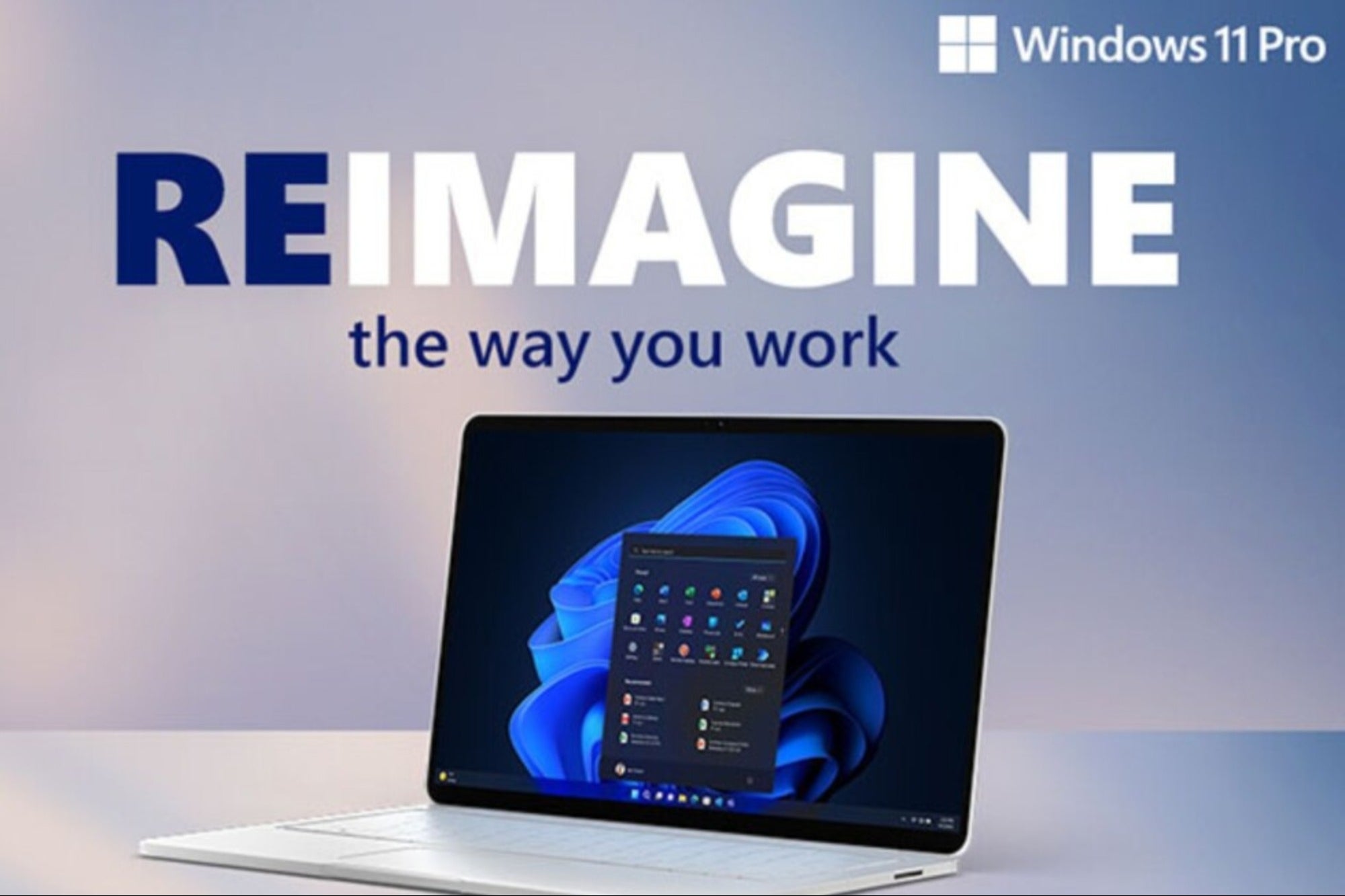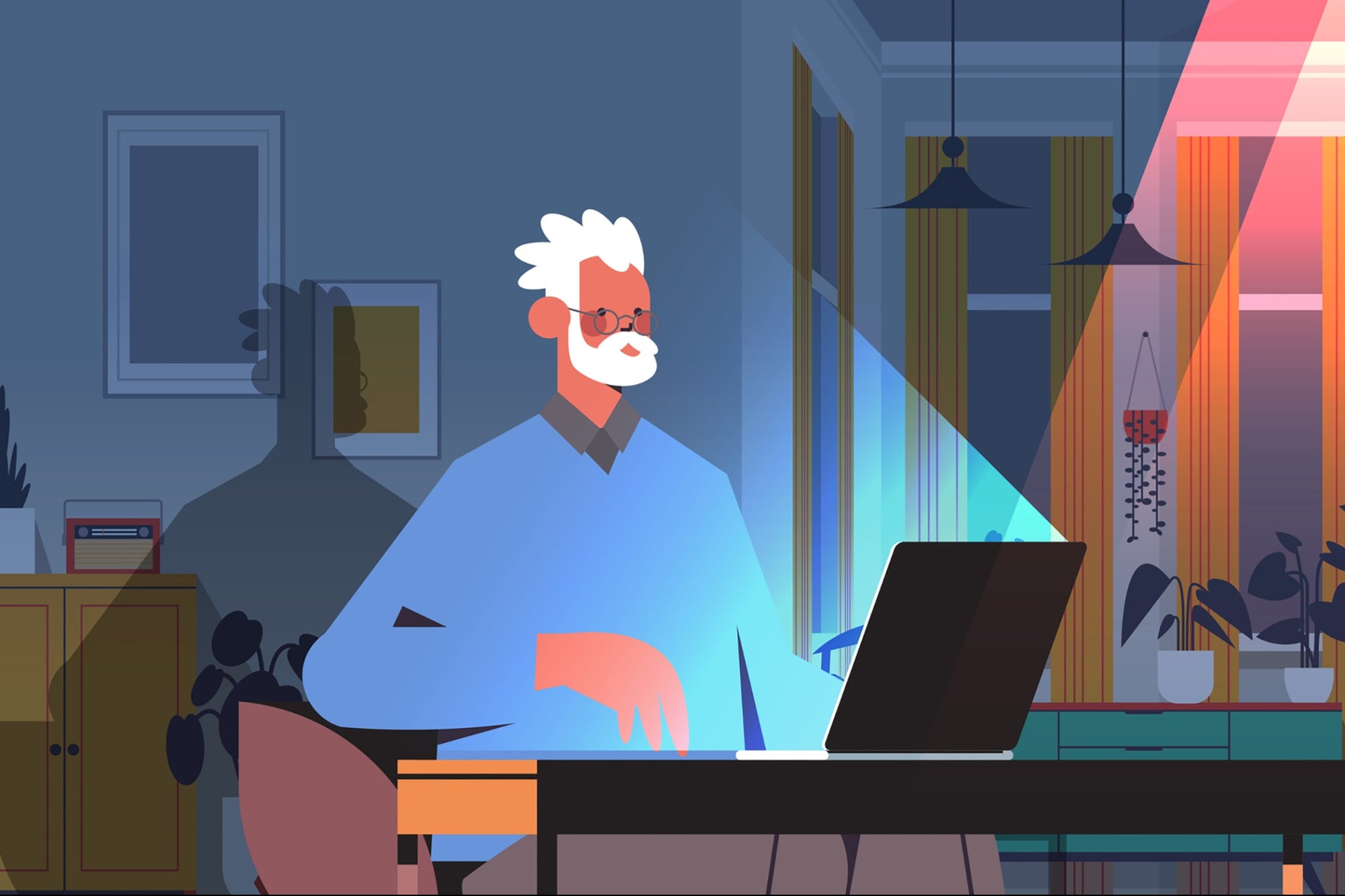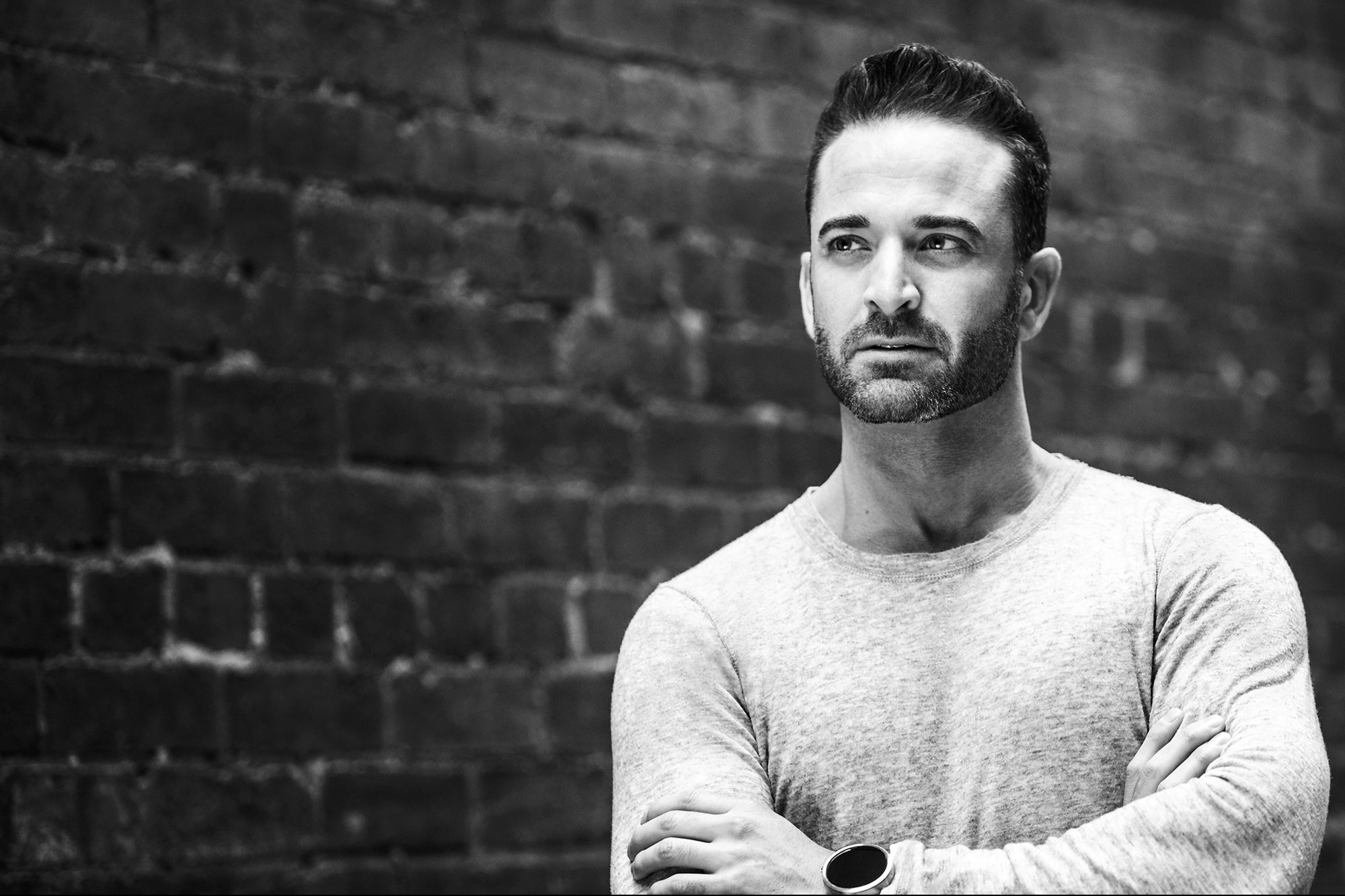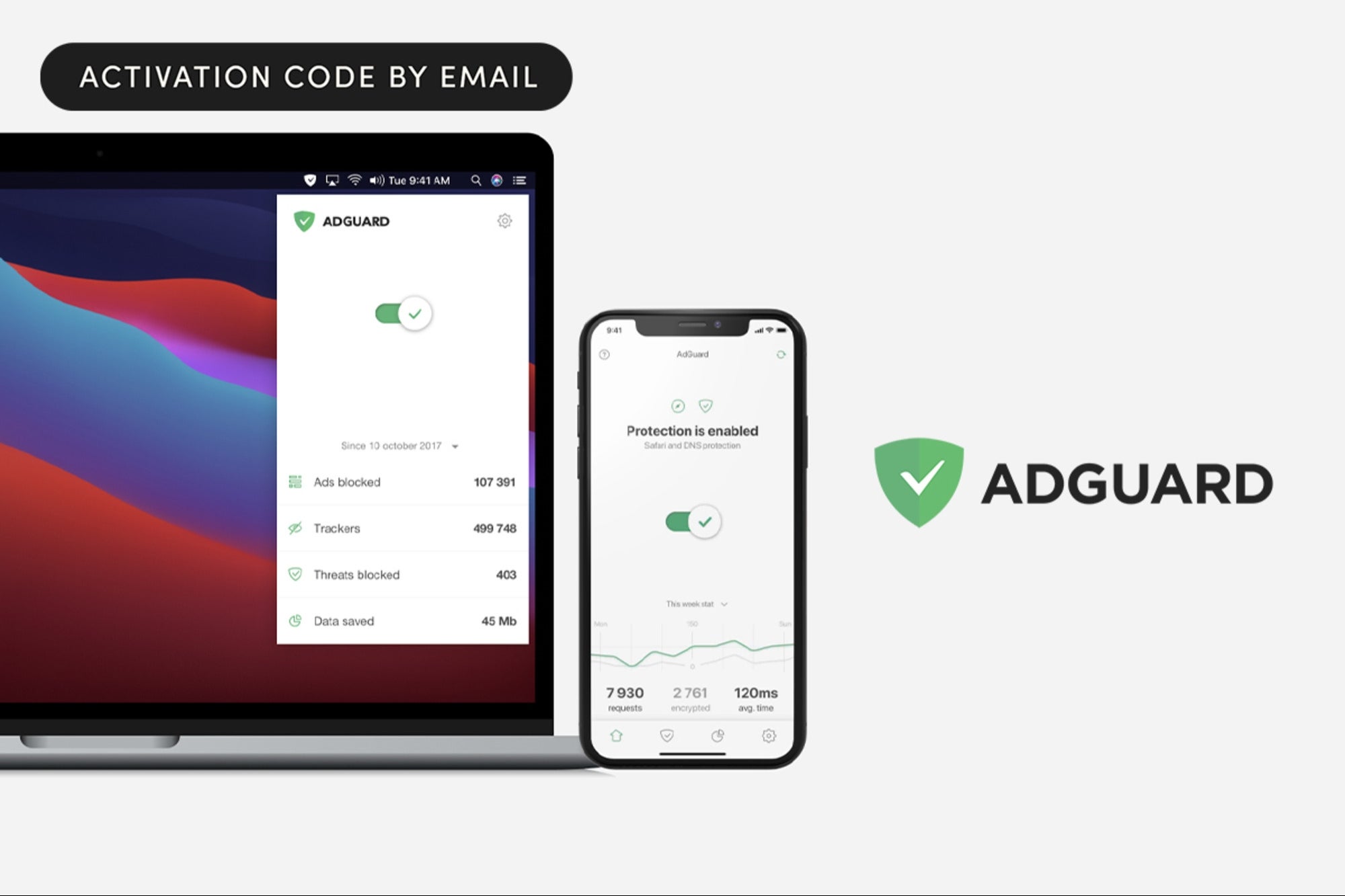Freemium: Is the Price Right for Your Company? The try-before-you-buy business model can work -- if you can monetize your offerings.
In 2006, venture capitalist Fred Wilson asked readers of his AVC blog to come up with a name for his "favorite business model," which he described like this: "Give your service away for free, possibly ad supported but maybe not; acquire a lot of customers very efficiently through word-of-mouth, referral networks, organic search marketing, etc.; then offer premium priced, value added services or an enhanced version of your service to your customer base."
From an onslaught of responses, Wilson chose the suggestion of e-commerce executive Jarid Lukin: freemium. "I hope the name sticks," Wilson concluded in his announcement, "because I love it."
Obviously, Wilson chose well. The name definitely stuck -- as did the concept, which organizers of the Freemium Summit say is now "the fastest-growing online business model."
How the freemium model works
Do you use LinkedIn, Pandora, Skype, SurveyMonkey or other free online services? If so, even if you never spend a dollar with those businesses, you're providing value they can -- and do -- monetize.
When you and 80 million others post free personal profiles on LinkedIn, you contribute to a membership that advertisers, recruiters and lead-seeking professionals want to pay to reach. LinkedIn obliges this demand with ad packages, premium subscriptions and hiring solutions that together have resulted in positive cash flow for the past two years.
Or consider the Internet radio service Pandora, whose users primarily listen for free. So how does it make money? For a long time, it didn't. Then in 2008, Pandora launched a free app that allowed listeners to stream music. Within months, subscriptions soared to 40 million, and 2009 revenues -- from ad sales, premium-level subscriptions, iTunes and Amazon.com payments on user purchases, and deals to integrate Pandora into other sound systems -- climbed past $50 million.
Freemium on a small-business scale
Leo Babauta, author of the book 'Focus: A Simplicity Manifesto in the Age of Distraction," is proof that turning free into profit isn't just for those who serve millions — nor is it all that "complicated. In fact, Babauta achieves success while following his own simplicity advice.
Instead of providing contact information, Babauta's website points to his Twitter feed, stating, "I generally don't do email." He does, however, generously share his path to success, using his website and blog to explain that his self-published book "comes in two flavors: free and premium." You can download the free version "without having to give an email address or do anything else," he writes. "It's uncopyrighted, and you can share it with as many people as you like."
Where does the money come from? "I have a premium digital version," he explains in a blog post, "which has extra chapters … videos, audio interviews with experts and bonus PDF guides. Enough people have bought it after reading the free version that it's already a great success."
advertisement
Freemium lessons to learn from
Addressing the 2010 Freemium Summit, Brent Chudoba, vice president of SurveyMonkey, shared a key piece of advice: He said his business "has never spent a dime on marketing or sales. We had to find a way for usage to drive conversion."
But if you decide to develop a freemium model, keep these best practices in mind:
- Offer a base-level product people want to rave about. Virality drives success.
- Prompt user-to-user recruitment with a product that's more beneficial when shared with others. For example, Skype calls are free when placed to other Skype members.
- Be sure your offering is scalable so serving each new user gets incrementally less expensive.
- Offer a premium-level product that provides meaningful value otherwise difficult to obtain, realizing that many businesses succeed with only single-digit free-to-paid conversion rates.
- Commit to ongoing user interaction in order to adapt and improve offerings, promote usage, inspire evangelism and prompt premium-level purchases.
- Provide users with a reason and easy way to spread the word, recruit new users and grow your audience into one that advertisers and others are willing to pay to reach.
Do all that, and you too can turn free into revenue, and revenue into profit. No wonder Fred Wilson loved freemium at first sight.










